Teron-Jordan Richard
Advisor: Shawn Bailey
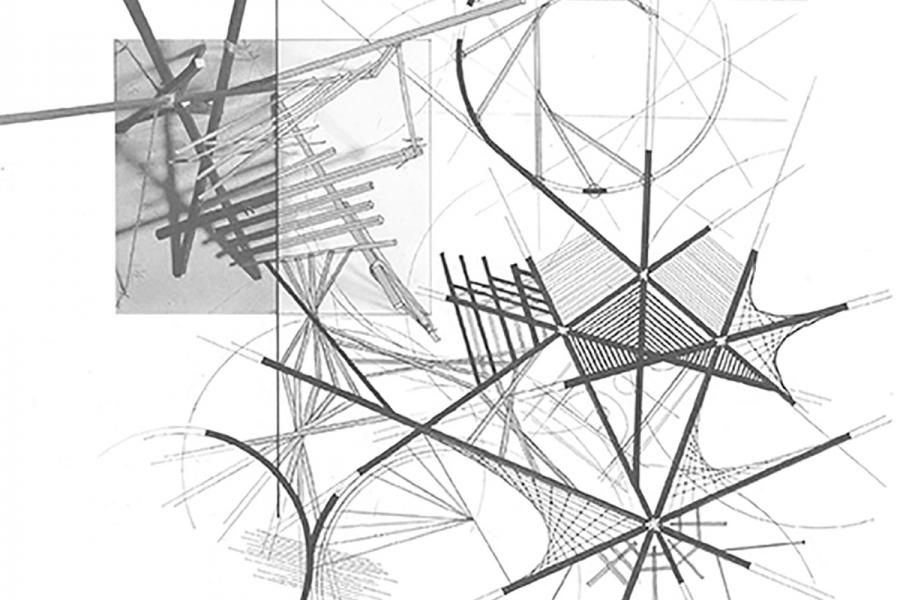
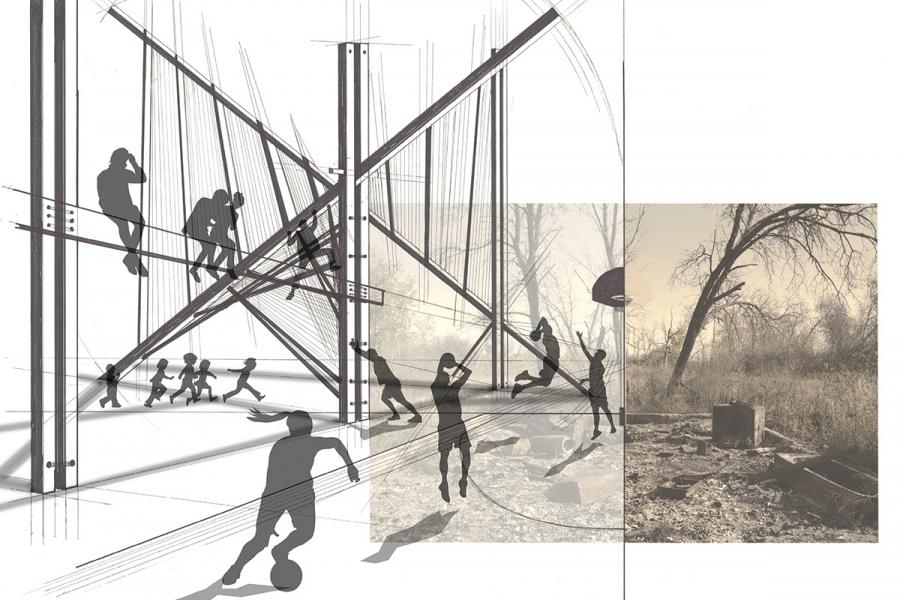
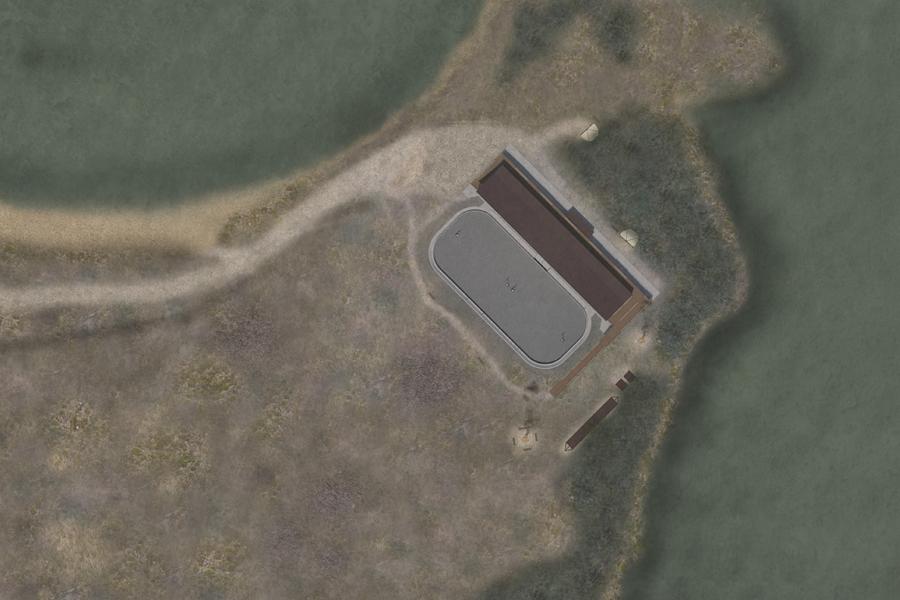
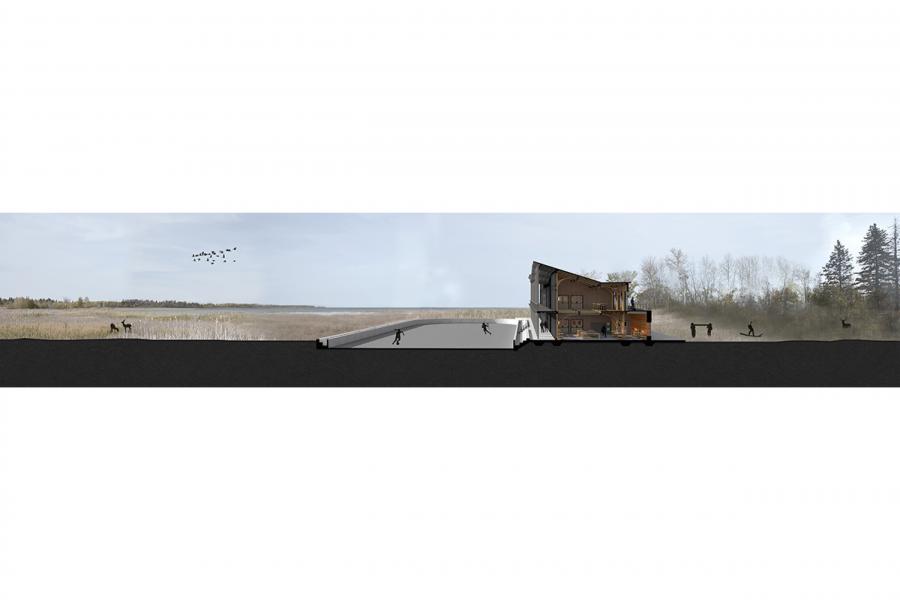
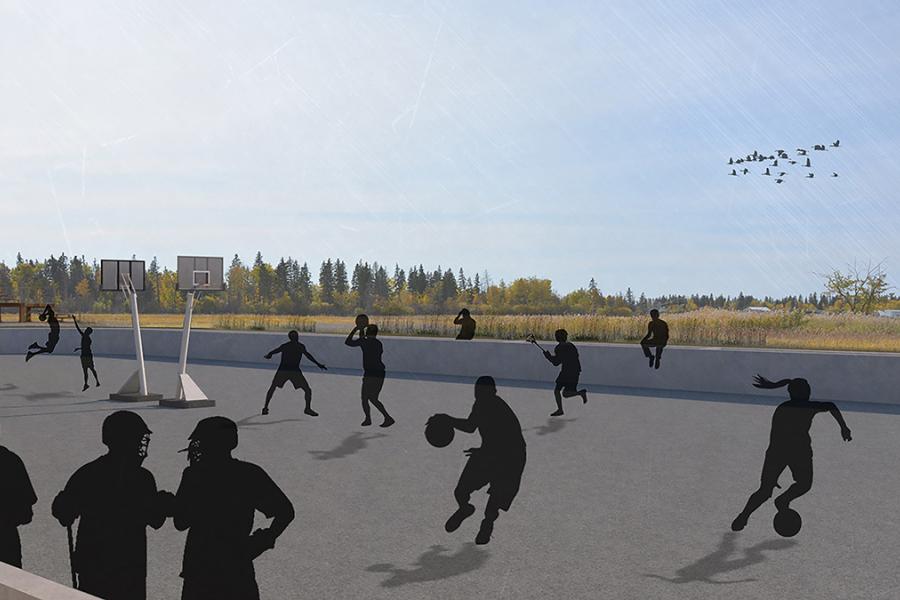
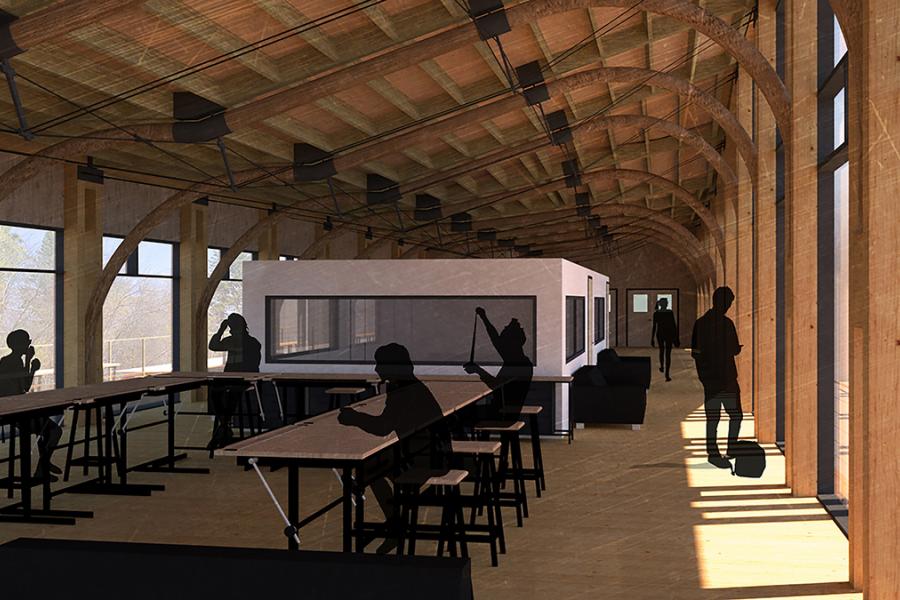
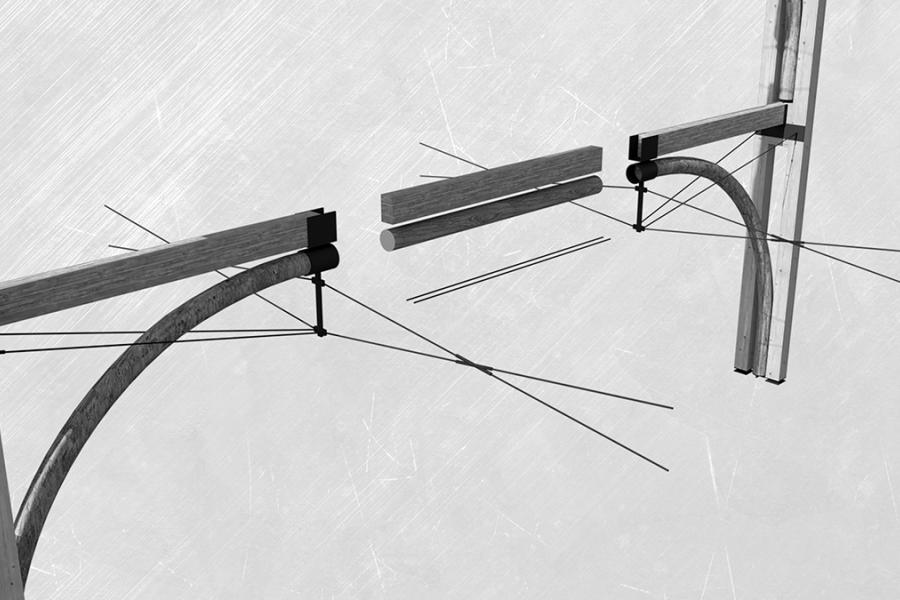
The Mental Game: The Culture of Trauma, Healing, and Architecture on Indigenous Communities
This architectural thesis will attempt to explore the interconnectedness between trauma and healing, as well as the relationship between culture and identity on Indigenous communities. This thesis will look to question the role of architecture and design and how it can play a more active role in the overall healing process as a result of intergenerational trauma. The overall intent is to propose a new holistic architectural language that actively engages with the Indigenous youth. In order to effectively address these issues, this thesis will ask two fundamental questions in an attempt to further engage with the conversation surrounding mental health and suicide on Indigenous communities. The first question is concerned with how can architecture and design assist in the healing process of intergenerational trauma suffered and experienced by Indigenous youth? The second question is concerned with how can architecture and design reinforce both a cultural and personal level of identity amongst the Indigenous youth? The first question essentially addresses the healing component that architecture can have on a physical, mental, emotional and spiritual level. The second question is intended to promote an architectural language that establishes a dialogue that reinforces a balance of cultural and personal identity. Both of these inquiries will seek to further aid the conversation regarding the current disconnect between youth, culture and architecture found on many Indigenous communities across Canada.
The relationship between culture and architecture is quite complex because culture is never static and is constantly evolving. In order to establish a more honest and culturally responsive architectural language, we must reflect the plethora of complexities and qualities of each community within the design, and allow for its development to adapt and change over time based on the needs of the people. The chosen site for this thesis exploration will be the communities of Camperville and Pine Creek First Nation, Manitoba. Both communities have strong Métis and First Nations roots, and offer a unique opportunity to incorporate the traditional vernacular building strategies of both cultures into the contemporary construction practices of today. Traditionally, Indigenous architecture has always been vernacular in nature, and has always been used as a tool to reinforce and express cultural identity. Through the re-incorporation of these traditional vernacular strategies, techniques and local material uses, the communities connection to the land and culture are intrinsically reinforced. This holistic approach aims for the architecture to naturally evolve from its immediate context, rather than be imposed upon, and become a part of the healing process that consistently engages with the identity of the land, culture and community for all future generations to come.
